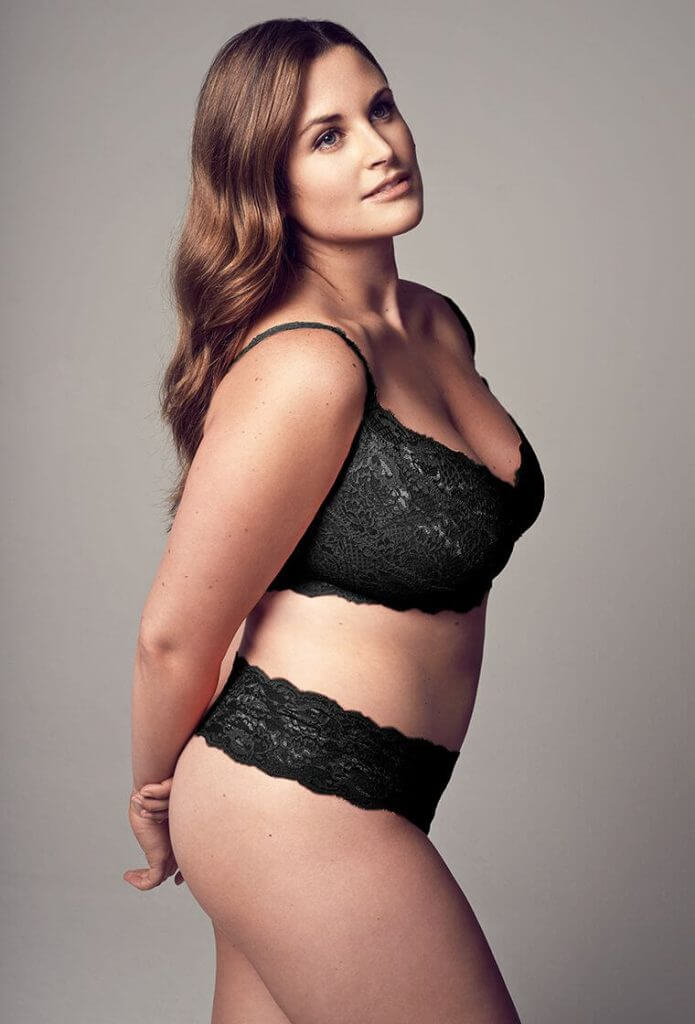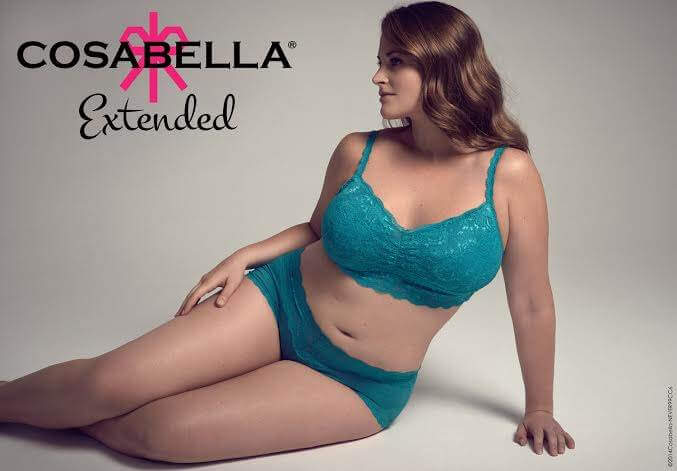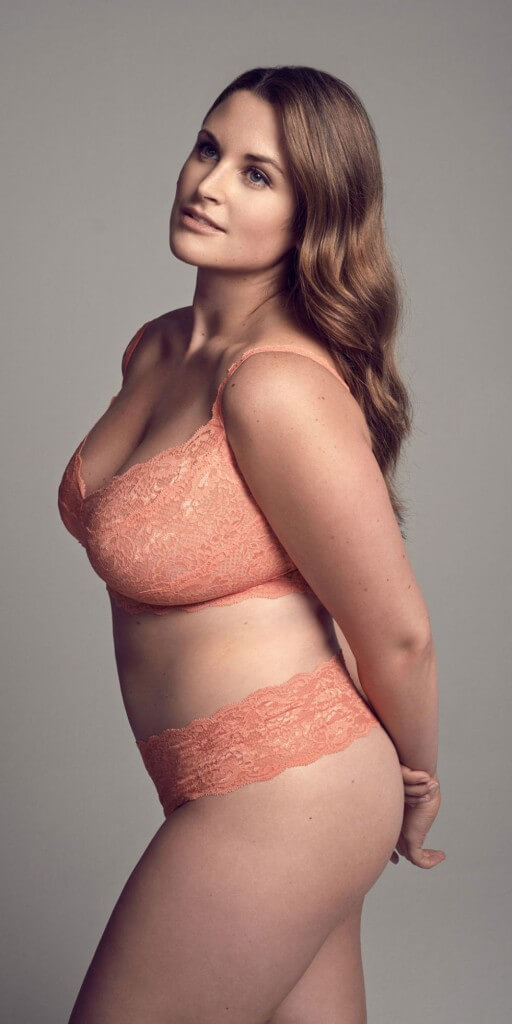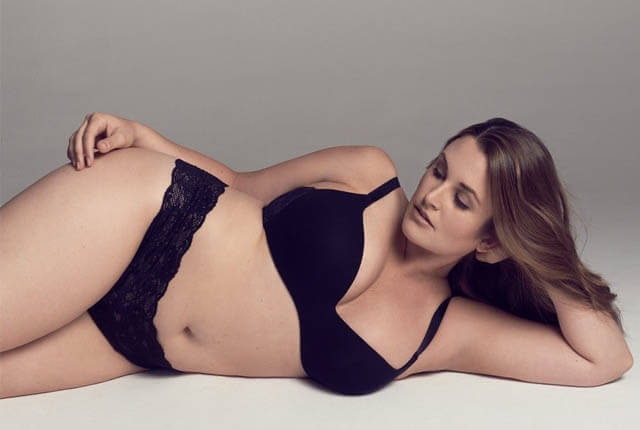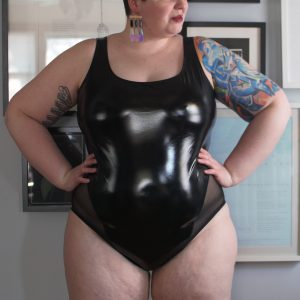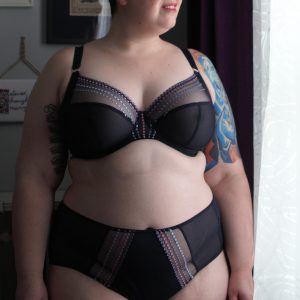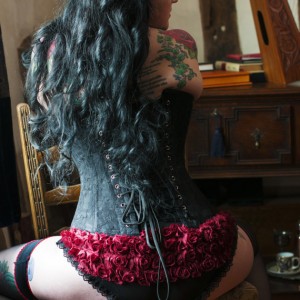Extended Sizes Versus Plus Sizes: A Better Solution or Just More Confusion?
Cosabella has recently launched a gorgeous new expanded version of their bestselling line --- with the label of "extended sizes" instead of plus sizes. This wording isn't unique to Cosabella. With the campaigns like #droptheplus gaining popularity among consumers, lingerie brands and boutiques are looking for terms that go over better with customers than "plus size." Cosabella uses "extended" in much the same way everyone else does: for bras that go up to a G cup and sizes up to size 22.
While I'd love to find a better term than plus size (although I'm not bothered by it the way other people are), this use of extended is problematic in an industry that already has some serious issues separating customers who are smaller with larger breasts from plus size women who boast a variety of cup sizes.
But before we get into why this is all terribly confusing for consumers, let's start with the good. Cosabella isn't the first brand to use extended sizes as a term, but they are the largest. Fittingly, they took on the new term after consulting with their plus size model, Emily Nolan, who has been active in the #droptheplus campaign. Cosabella deserves tons of praise for using a size appropriate model and for actually asking her for her opinions on issues that effect plus size women. The campaign shots are also beautiful and make you want to try the lingerie: they're a wonderful example of message and model working together well.
Unfortunately, a major brand promoting this use of extended is going to confuse the whole plus/full bust lingerie landscape even further. I've mentioned this issue before in passing. There's tons of confusion among both brands and consumers when it comes to using full bust, full figured and plus.
"Extended" works as an alternative to plus size, but it's also not clear who the line is for. Even Cosabella's own blog seems confused when it states, "Cosabella launches Cosabella Extended, an assortment of our best-selling silhouettes sized (32-36 D,DD-G & 38 D,DD-F), (1X-2X-3X) & (12/14, 16/18, 20/22)." While it's great that Cosabella is exploring both larger sizes and larger cup sizes, the new line is clearly grouping them all together. This is a problem for lot of customers, whether you're a 38A or a 28G.
The size grouping issues in this campaign are common with other brands and boutiques as well. Full bust sizing refers to women with a smaller brand size and a larger cup size, while full figure sizing refers to plus size women with a larger cup size. Plus size is usually understood to encompass all women in the 14+ clothing size range, regardless of cup size.
Extended is most often used as a catch all term that may encompass as many as all three of these categories. While it's great that the lingerie world is embracing customers with larger cup sizes and with larger body sizes, they don't necessarily have the same set of needs when it comes to design and construction.
One of my biggest issues with the use of "extended" is that it furthers the assumption that all plus size women have larger breasts, which is simply not true. There are as many 42AA customers out there as 42G customers --- and all are plus size. A 42G customer would be considered full figured as well, but you hardly ever see that term used to define a lingerie size range online.
Part of this is a matter of customer education: the average lingerie customer won't know how to tell these terms apart either at this point. Part of marketing is coming up with ways to help your customers find exactly what they want, so it's up to brands and boutiques to get their terms straight and to pass that knowledge onto their customer base.
There's no shame in gently pointing a full figured customer towards a selection that suits them while pointing a plus size customer with a smaller cup size to a different set of options. Helping customers quickly find what fits them would result in less confusion and fewer returns, which would benefit everyone.
The complicating factor here is pretty obvious: the activist and emotional side of things. Plus size lingerie customers shouldn't have to settle for a term that makes them feel ugly, just as full bust customers shouldn't have to settle for a term that makes them feel bad. However, whatever terms we come up with need to come with definitions, and be used with some kind of regularity to be meaningful when it comes to actually shopping for lingerie.
Part of the reason "plus size" has such a hold on the industry is because it is one of the few terms that has a definition that everyone can agree on, for the most part. The way we describe the section of the lingerie boutique we shop in helps us know where to look, but it's also part of an identity that many people relate to on a personal level. While the use of extended sizing as a term seems like a step forward in terms of empowerment, it's a step backwards in terms of actually finding the things that people want to buy.
What do you think of the term "extended sizing"? Do you prefer it over plus size?





